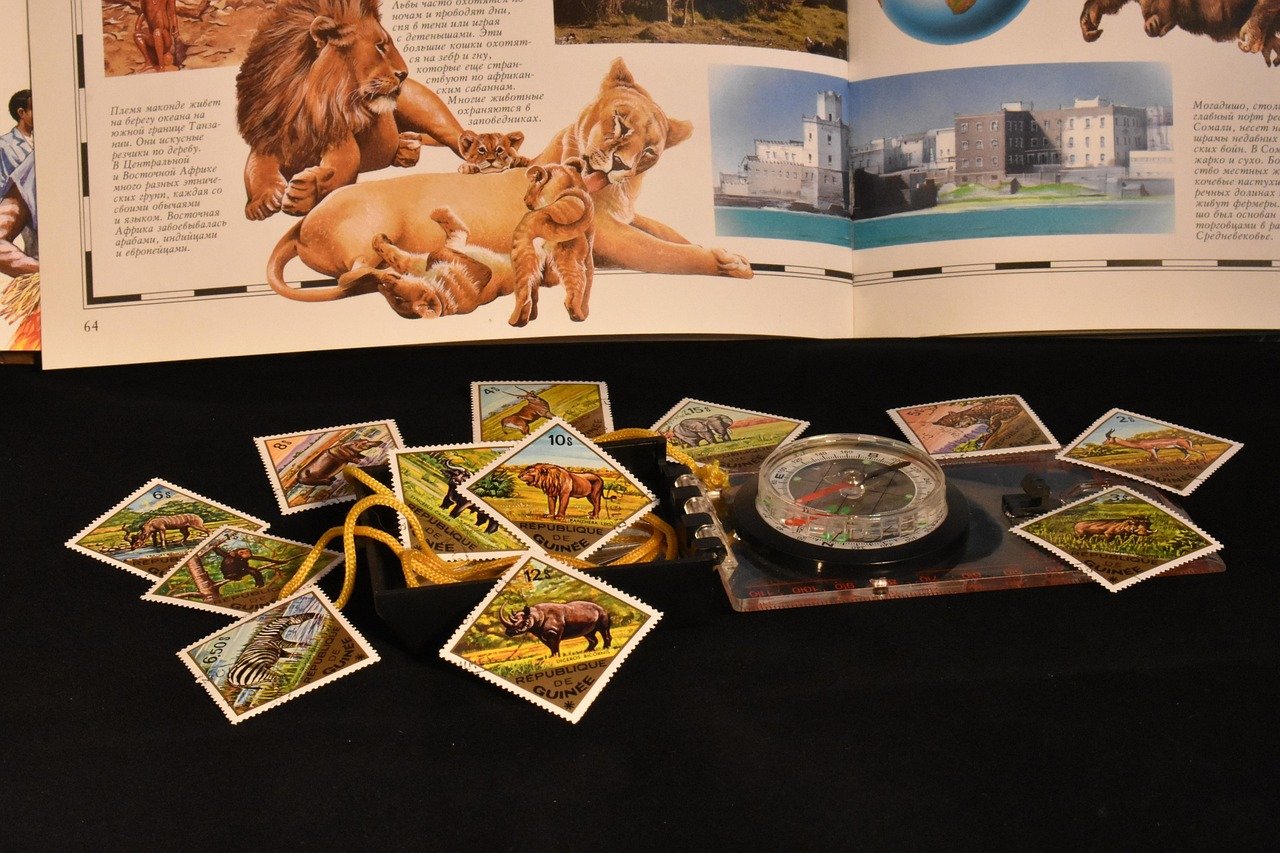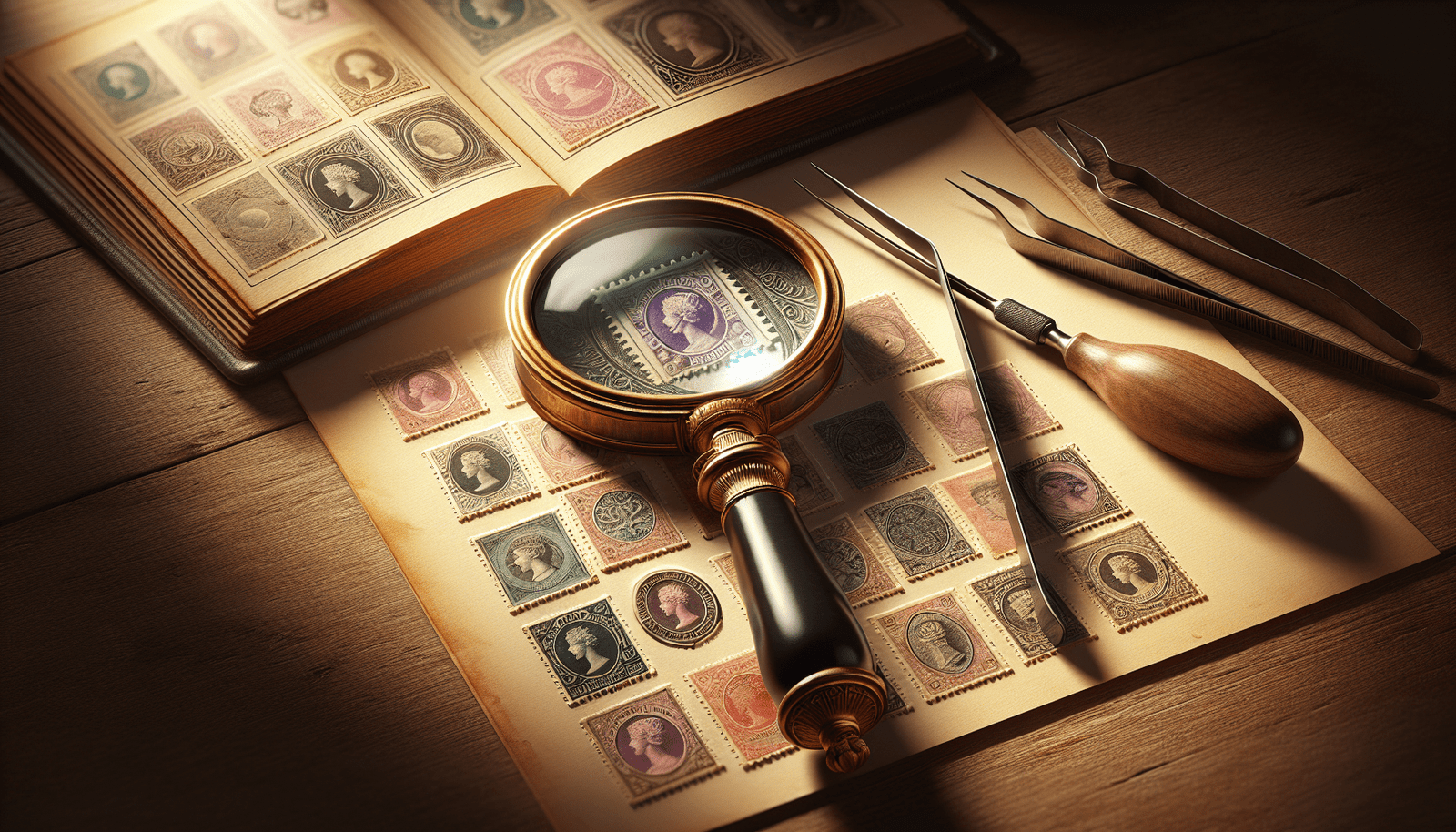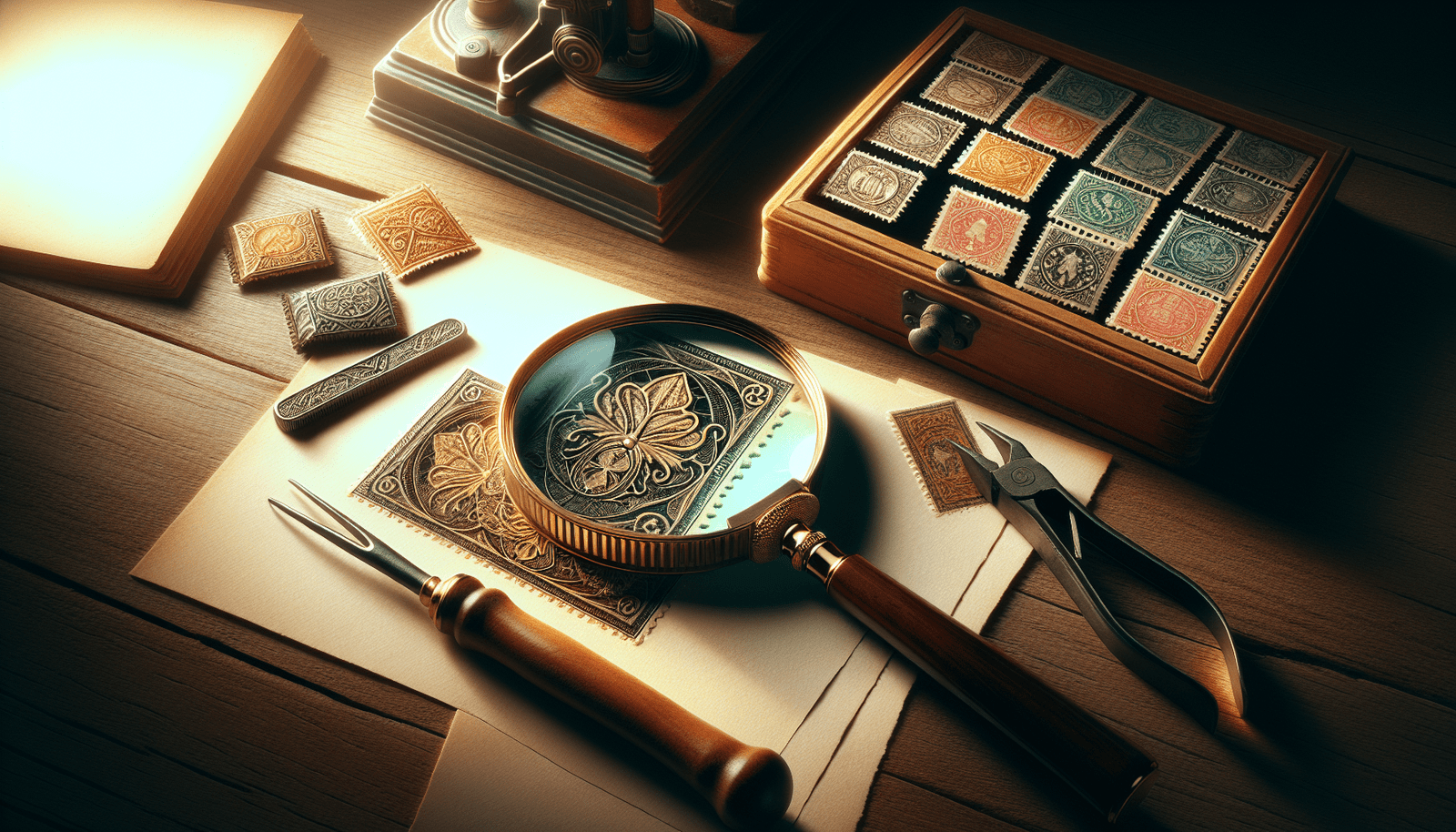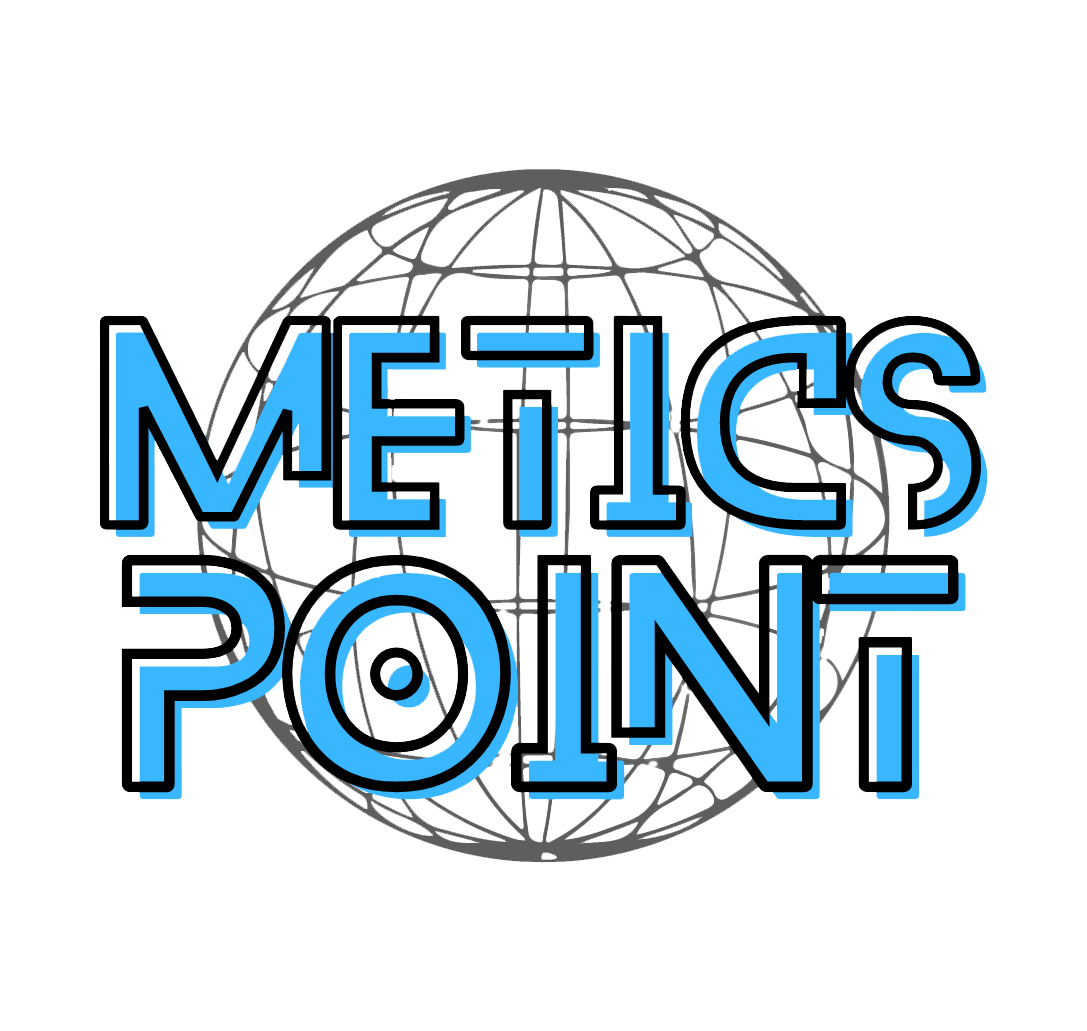Expert Approaches to Authenticating Stamp Collections: Why is it important to authenticate stamp collections? Stamp collecting, often referred to as philately, is not merely a hobby; it is an intricate world of history, culture, and art encapsulated on small pieces of paper. Yet, the value of a stamp collection is not solely in the stories it tells but in its authenticity as well. For collectors, both novice and seasoned, one cannot overstate the significance of verifying the genuineness of their collections. After all, the last thing anyone wants is to realize that their prized possession is a counterfeit or a mere reproduction.

Table of Contents
Understanding the Significance of Stamp Authentication
Why Authenticate Stamps?
In the world of philately, determining the authenticity of stamps is crucial for several reasons. Firstly, authentic stamps often hold considerable financial value. Without proper authentication, collectors risk devaluing their entire collection. Secondly, authenticity confirms the historical significance of the stamps, transforming them into veritable time capsules that capture unique moments in history. Lastly, genuine stamps add to the legacy and prestige of a collection, making it a prized possession for any enthusiast.
The Evolution of Stamp Collecting
Stamp collecting emerged in the mid-19th century, not long after the advent of the postage stamp itself. As postal systems expanded globally, stamps became more varied and complex, giving collectors ample material to pursue. The hobby has since evolved from a simple pastime into a specialized field with an intricate market for buying, selling, and appraising these miniature works of art. As the market matured, so did the need for authenticating stamps to safeguard their integrity and value.
Key Concepts in Stamp Authentication
What Constitutes a Genuine Stamp?
A genuine stamp is an official postal issue that maintains its original features and integrity. Factors such as design, perforations, paper quality, and ink play crucial roles in determining authenticity. Additionally, postmarks and cancellations can also add layers of validation to a stamp’s authenticity.
Identifying Fakes and Forgeries
In the world of philately, the presence of fakes and forgeries can pose a significant challenge. Forgeries are deliberate attempts to replicate valuable stamps, whereas fakes may involve genuine stamps altered in ways to feign increased value. Authentication experts rely on an array of techniques—including watermark detection, ultraviolet light testing, and magnification—to discern such discrepancies.

Expert Techniques for Authenticating Stamps
Utilizing Technology and Tools
Modern tools, such as UV lamps and watermark detectors, play pivotal roles in the authentication process. A UV lamp, for example, reveals phosphor markings on stamps that are invisible under normal lighting but are often a tell-tale sign of authenticity. Similarly, watermark detectors can reveal hidden watermarks or alterations not visible to the naked eye.
Engaging Expert Analysis
Relying on expert analysis is crucial in resolving the finer details that differentiate a genuine stamp from a counterfeit. Philatelic experts are well-versed in identifying subtle discrepancies in design, gum, and coloration—elements that require a trained eye to spot. Utilizing expert services not only enhances the credibility of a collection but also aids in its accurate valuation.
A Step-by-Step Guide to Authenticating Your Collection
Initiating Your Authentication Journey
- Examine with a Magnifying Glass: Initial inspections should involve a magnifying glass to scrutinize the finer details, such as perforations and print quality.
- Test with UV Light: A UV light can expose phosphorescent and luminescent qualities specific to certain issues.
- Compare with Verified Images: Cross-reference your stamp with images from verified catalogues or databases.
Consulting Philatelic Expertise
- Professional Appraisals: Engaging a professional authenticator can offer conclusive insights into your collection’s value and authenticity.
- Philatelic Societies: Membership in philatelic societies provides access to seminars, expert opinions, and networking opportunities, fostering a community of shared knowledge.
Case Studies in Authentication
Engaging with examples of successful authentication can offer practical insights. For instance, a collector might discover that their seemingly ordinary stamp is, in reality, a valuable misprint or an unusual issue due to inconsistencies revealed through expert analysis. Such stories underscore the intrinsic worth of diligent authentication practices.

The Role of Historical Context
Historical Anecdotes in Philately
Understanding the historical context of stamps can immensely benefit collectors. From the iconic Penny Black, the world’s first adhesive postage stamp, to the rare Inverted Jenny of the United States, historical background enriches the narrative of every stamp. This historical association not only aids in authentication but also adds depth to the collector’s appreciation.
The Victory Garden Analogy
Just as the Victory Gardens demonstrated the feasibility of urban agriculture during World War II, the meticulous practice of stamp collecting reveals the intersection of history, culture, and innovation. Collectors who authenticate their stamps partake in preserving a legacy, akin to nurturing a garden, where each stamp becomes a seed of historical significance.
Successfully Navigating the Market
The Economy of Stamp Collecting
In the bustling market-driven aspect of stamp collecting, authenticated collections fetch significantly higher prices than those held in doubt. Collectors aiming to sell their collections or individual stamps will find that authenticated items command a premium, often becoming the centerpiece in auctions or private sales.
Ensuring Future Value
Authentication safeguards a collection’s future value, making it not just a historical archive but an appreciating asset. With the constantly evolving market, a stamp’s value can appreciate unexpectedly, and maintaining authenticated records provides a robust safeguard against market fluctuations.

Supplementing Knowledge with Visuals
Educational Resources and Media
Incorporating educational resources like videos and infographics can significantly enhance a collector’s understanding of authentication processes. Whether it is a short instructional video on watermark detection techniques or an infographic depicting the evolution of stamp designs, visual aids offer a quick yet comprehensive understanding of complex concepts.
Verifiable Online Platforms
Utilizing online resources and trusted platforms can be beneficial for beginner and experienced philatelists alike. Digital platforms often provide catalogues, online repositories, and forums where collectors share findings and advice, contributing to a collaborative learning environment.
Bringing It All Together
Building a Legacy Through Authentication
Ultimately, the authentication of stamp collections bridges the gap between the past and the present, allowing collectors to build a legacy enriched with tangible stories and genuine artifacts. By embracing expert approaches, philatelists not only enhance the value of their collections but also ensure their rightful place in history.
Stamp collecting is more than a venture in hobby; it is a lifelong journey marked by awe, exploration, and the unyielding pursuit of authenticity. As collectors immerse themselves in this intricate world, the importance of authentication cannot be overstated—providing not only assurance but enhancing the joy and fulfillment derived from the collection itself.
Through meticulous attention to detail and active participation in the broader philatelic community, collectors can confidently navigate the complexities of stamp authentication. By doing so, they honor the integrity of their collections and forge a lasting legacy in the captivating realm of philately.


